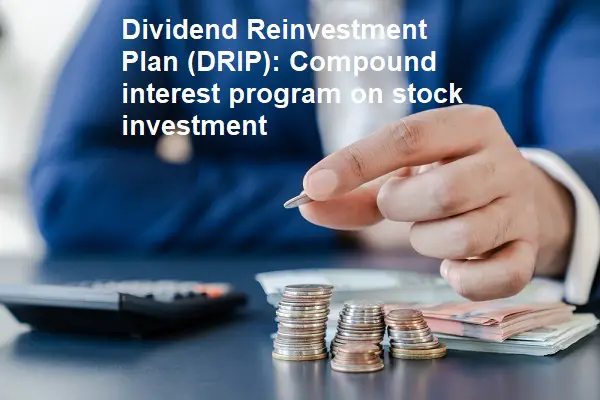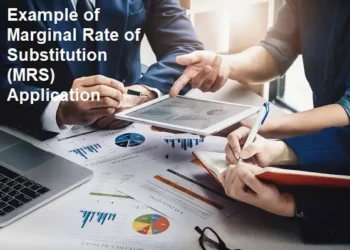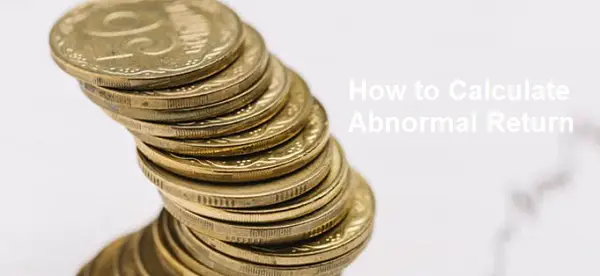Dividends are profits generated from investing in stocks. Dividends are part of the company’s profits distributed to investors. Dividend distribution is generally carried out in cash, but under certain conditions, companies can distribute dividends in the form of shares, property or debentures (scripts).
Normally, dividends are received in cash by investors and can be directly used to meet the needs and desires of the investors themselves. However, apart from spending, investors can also use dividends to reinvest by buying certain assets or the same assets that they already have as part of an investment portfolio.
In spending dividends to reinvest, investors can do it manually or automatically by following certain programs provided by brokers. And one of the reinvestment programs that is usually offered is the Dividend Reinvestment Plan (DRIP).
What is a Dividend Reinvestment Plan (DRIP)?
Dividend Reinvestment Plan (DRIP) is a program to reinvest dividends into the same stocks previously owned by investors. The goal is to increase the percentage of share ownership, so that investment returns will increase in the future.
The Dividend Reinvestment Plan (DRIP) was originally a program provided by a public company. Companies offer new shares in exchange for a cash dividend. Usually even the shares offered have a price that is relatively lower than the market price. So it is more profitable for investors to receive dividends in the form of shares rather than in cash.
But over time, many brokers or brokers also provide this program, because not all public companies provide dividends in the form of shares. So that the broker as a third party is the right party that should facilitate the wishes of some investors to be able to reinvest dividends.
Dividend Reinvestment is a form of compound interest in stock investment. The two terms basically have the same meaning, it’s just that the first one is specifically used in the context of stock investment. While the second is used in a broader context.
In conducting dividend reinvestment, investors do not always have to use all the dividends they earn to reinvest. Currently there are many public companies and brokers that offer flexibility in their Dividend Reinvestment Plan (DRIP) program. Making it possible for investors who only want to reinvest some of their dividends and use the rest for other needs.
Benefits of the Dividend Reinvestment Plan (DRIP)
The Dividend Reinvestment Plan (DRIP) is useful for stock investors who wish to exercise a compound interest in their stock portfolio. This program makes it easy for investors to automatically convert dividends into shares which will become part of the investment portfolio.
The main goal, of course, is to increase the proportion of shares owned by investors. And the return on investment also becomes higher in the future.
DRIP by brokers is necessary because not all public companies provide such programs to investors. And not all stocks with the DRIP program have good long-term prospects, so investors want to exercise compound interest there. Therefore, the existence of a DRIP provided by a third party such as a broker or broker can provide a more flexible choice for investors to always be able to exercise compound interest by way of dividend reinvestment into the desired shares.
How the Dividend Reinvestment Plan (DRIP) Works
Investor A owns 100 thousand shares of XYZ company. At the time of distribution of dividends, investors receive dividends worth $ 100,000 or $ 1 per share.
Under normal conditions, investors will receive these shares in a bank account. However, because investors take part in a program to reinvest dividends or the Dividend Reinvestment Plan (DRIP), investors do not receive dividends in cash, but in shares.
If the stock price of XYZ company is $10 per share, then investor A’s shares will increase by 10 thousand shares and the total shares of XYZ company owned by investor will be 110,000 shares.
A dividend reinvestment plan (DRIP) also known as a dividend reinvestment program gives shareholders the option to reinvest the declared dividend amount into additional shares purchased directly from the company. Because shares purchased through a dividend reinvestment plan (DRIP) usually come from a company’s own reserves, they cannot be marketed through a stock exchange. Most dividend reinvestment plans (DRIPs) allow investors to purchase shares commission-free or for a nominal fee and at a significant discount to the current share price.
Dividend Reinvestment Plan (DRIP) Benefits for Investors
A dividend reinvestment plan (DRIP) offers shareholders a way to accumulate more shares without having to pay commissions. Through the Dividend reinvestment plan (DRIP) investors can also buy fractional shares so that every rupiah dividend really works. In the long run the biggest advantage is that the effect of reinvestment of dividends is on the combined return of dividends, meaning that when dividends are increased shareholders receive an increased amount of each share they own which can also buy a large number of other shares.
Benefits of Dividend Reinvestment Plan (DRIP) for Companies
When stock is purchased from a company through a dividend reinvestment plan it creates more capital for the company to use. Then shareholders who participate in a dividend reinvestment plan (DRIP) are less likely to sell their shares when the stock market declines. Partly because participants tend to be long-term investors and recognize the role that their dividends play in the long-term growth of their portfolio. Another factor is that shares purchased through a dividend reinvestment plan are not as efficient as shares purchased on the stock market, they can only be redeemed through the company.









